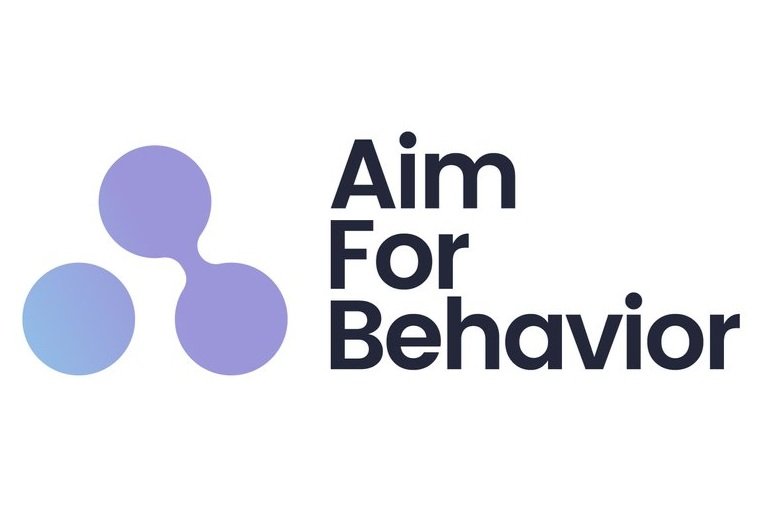Addiction by Design is not the objective of Behavioral Design!
Quite the opposite, we are meant to be designing to improve how people work and get their jobs done.
We aren’t there to trick people, or use dark patterns.
The book by Natasha Dow Schüll explores the science and psychology behind gambling addiction, with a particular focus on the role of technology and game design in promoting compulsive behavior.
Here are some of the main takeaways and themes of the book:
>The book focuses on the design of electronic slot machines, which are highly addictive due to their ability to create a "zone" or "flow" state in the player. This state is characterized by a loss of self-awareness and an intense focus on the game.
>The author argues that slot machines are not simply a form of entertainment, but rather a form of technology that is designed to exploit human psychology and behavior in order to generate revenue for the casino industry.
>The author suggests that addiction is not simply a matter of personal choice or weakness, but rather a complex interaction between biology, environment, and social factors.
>The book describes the way that electronic gambling machines are designed to keep players engaged for longer periods of time.
>This includes the use of sensory cues such as flashing lights and sound effects, as well as the design of the machines themselves, which are often large and brightly colored in order to attract attention.
The The Behavioural Insights Team has actually been working on ways to decrease for example Gambling Websites harm.
Here are the 5 recommendations they give:
1. Customers should be able to unsubscribe from marketing in one click and not be signed up to additional products or sister companies.
2. Customers should be kept informed of their account activity to reduce the risk of fraud.
3. All gambling management tools should be easy to locate, evidence
based, and without visibility of adverts.
4. It should be as easy to close an account as it is to open one.
5. Operators should be required to contribute to testing what works, and sharing their results publicly.
Some of these principles could easily apply to other industries.
These are other ways I can help you:
1 ) Get my Behavior Basics Course: Learn to add that missing Behavioral Science layer to your products and services in an easy and practical way
2) Explore my services: I work on small projects or as part of your team
3) Frameworks: Get access to my frameworks and tools
4) If you want to get Behavior Science and Innovation Tools join my newsletter below 👇

